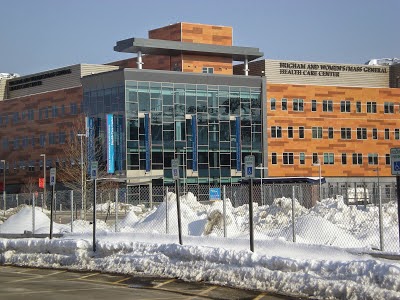Sometimes unexpected news takes your breath away, and this was one such instance. I just learned that Marc Roberts died this past weekend.
We never worked together, but we led parallel lives for decades--he in academia studying and writing about major societal issues like energy and health care, while I would work in organizations in the same fields.
In this announcement from Harvard, Professor Michael Reich said, “Marc’s insights, his intellect, and his humor on all sorts of issues will be sorely missed by his colleagues and his students around the world.”
Exactly: Insights, intellect, and humor. Missing one, he could have been any of many academics who conduct research and write about topics, but the combination was unbeatable. I loved his company. I never tired of it and was left craving more after our visits.
It wasn't always serious stuff, though. As a house gift for the Cape Cod house he and Mary Ann owned, I gave them a tide clock. He had a great laugh when I told him to make sure he adjusted it for Daylight Savings Time!
I know we all have to go eventually, but I just wish Marc hadn't had to go so soon.
We never worked together, but we led parallel lives for decades--he in academia studying and writing about major societal issues like energy and health care, while I would work in organizations in the same fields.
In this announcement from Harvard, Professor Michael Reich said, “Marc’s insights, his intellect, and his humor on all sorts of issues will be sorely missed by his colleagues and his students around the world.”
Exactly: Insights, intellect, and humor. Missing one, he could have been any of many academics who conduct research and write about topics, but the combination was unbeatable. I loved his company. I never tired of it and was left craving more after our visits.
It wasn't always serious stuff, though. As a house gift for the Cape Cod house he and Mary Ann owned, I gave them a tide clock. He had a great laugh when I told him to make sure he adjusted it for Daylight Savings Time!
I know we all have to go eventually, but I just wish Marc hadn't had to go so soon.










